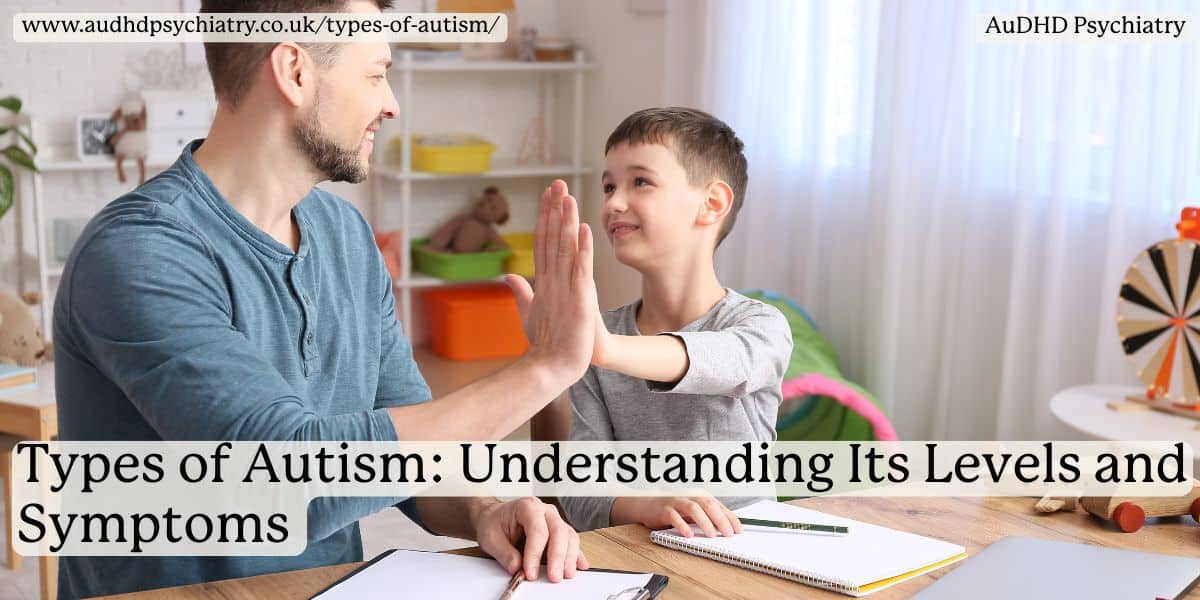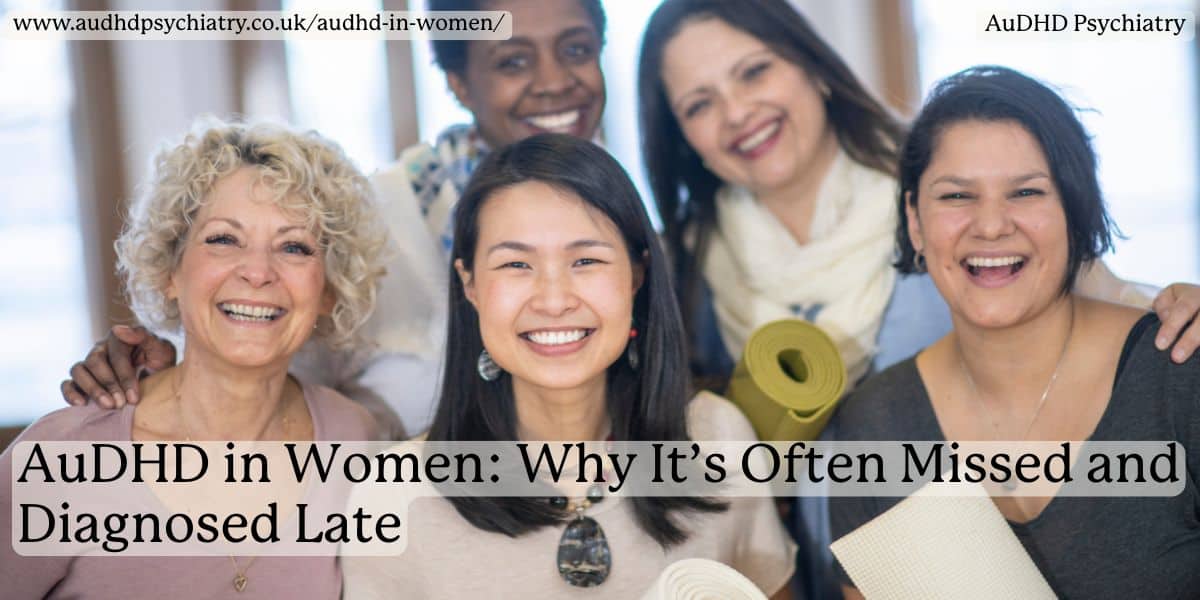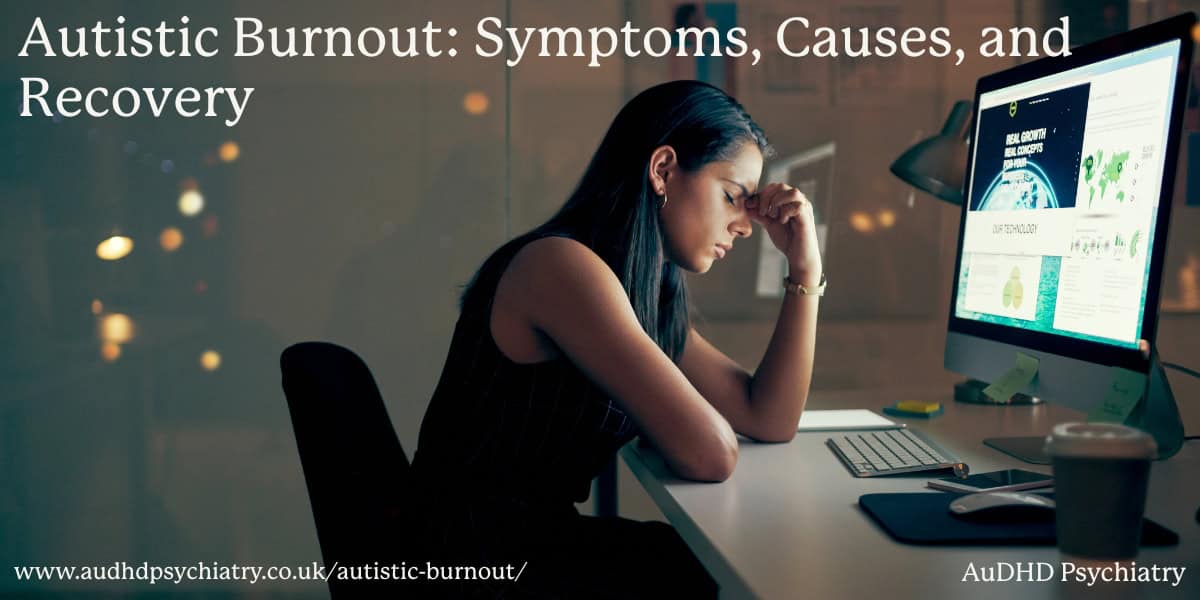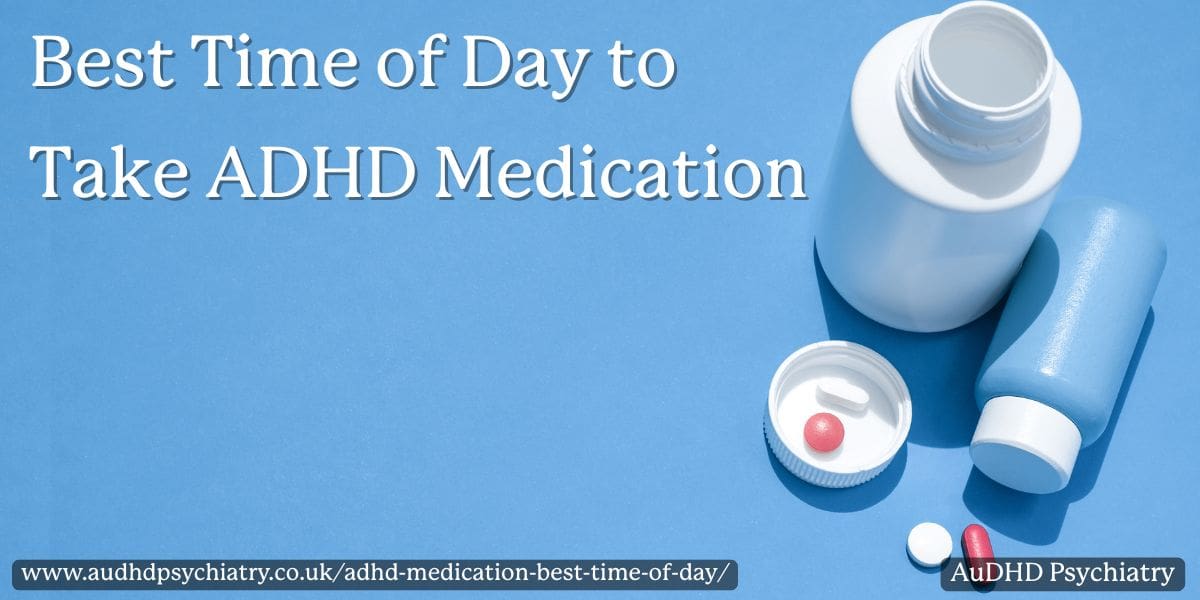
When is the best time to take your ADHD medication: first thing in the morning, mid-afternoon, or later in the day? The answer isn’t always straightforward, and getting the timing right can cause a significant difference in how well your treatment works.
The best time to take ADHD medication depends on the type of medication, how long it lasts, and your individual symptoms. Most stimulant medications are taken in the early morning to support focus throughout the school or workday. However, non-stimulant and extended-release formulations may require different timing to avoid side effects like sleep problems, appetite loss, or rebound effects.
Timing plays a major role in how well ADHD treatment works. A poorly timed dose could mean reduced effectiveness or unwanted side effects. This article explains how timing affects different ADHD medications, how it varies for adults and children, and what to consider when adjusting your schedule.
Why ADHD Medication Timing Matters
ADHD medications influence how the brain processes neurotransmitters like dopamine and norepinephrine, which support attention, impulse control, and executive function. But the timing of your dose can determine how effective that medication actually is.
Not all ADHD medications follow the same schedule
Many stimulant medications, such as methylphenidate and amphetamine-based drugs, are designed to help manage symptoms during the school or workday. If taken too late in the day, these medications may interfere with sleep or appetite. Non-stimulant medications, including atomoxetine and guanfacine, operate differently and may be taken in the evening depending on their duration of action.
Everyone’s response is different
Individual response also varies. A dose that supports someone through an early morning meeting may wear off before an afternoon deadline. This is why ADHD medication timing is rarely one-size-fits-all.
It’s worth noting that medication timing can also affect possible side effects. Taking a stimulant on an empty stomach first thing in the morning may increase nausea, while an afternoon dose could trigger insomnia. A well-structured treatment plan developed with a healthcare provider can help reduce these risks and improve symptom control throughout the day.
Morning vs Afternoon vs Evening Dosing
Most people with ADHD are advised to take their medication in the morning. This helps align the drug’s peak effectiveness with the times when attention and focus are most needed, such as during school or work hours. Medications like Ritalin LA, Adderall XR, or Vyvanse are all designed to work for a set number of hours, often covering most of the daytime.
Afternoon boosters may be necessary
However, for individuals using short-acting stimulants like immediate-release methylphenidate, an afternoon dose may be needed to extend coverage into the late afternoon. This is especially true for school-aged children with homework, or adults with late meetings or long commutes. It’s common for stimulant effects to wane by early afternoon, leading to a rebound effect, which can cause irritability or fatigue.
Evening doses are rare, but not always wrong
Evening doses are far less common, particularly with stimulants, as they often interfere with sleep. That said, certain medications like Jornay PM, a delayed-release methylphenidate, are taken at night to begin working the next morning. Non-stimulant ADHD medications such as Strattera or guanfacine are sometimes prescribed at night to minimise daytime drowsiness.
Before recommending the right time, your clinician will consider factors like symptom patterns, daily routines, and other medical conditions (like sleep disorders). You can also track how you feel at different points in the day using a symptom diary to help fine-tune your medication schedule with your care team.
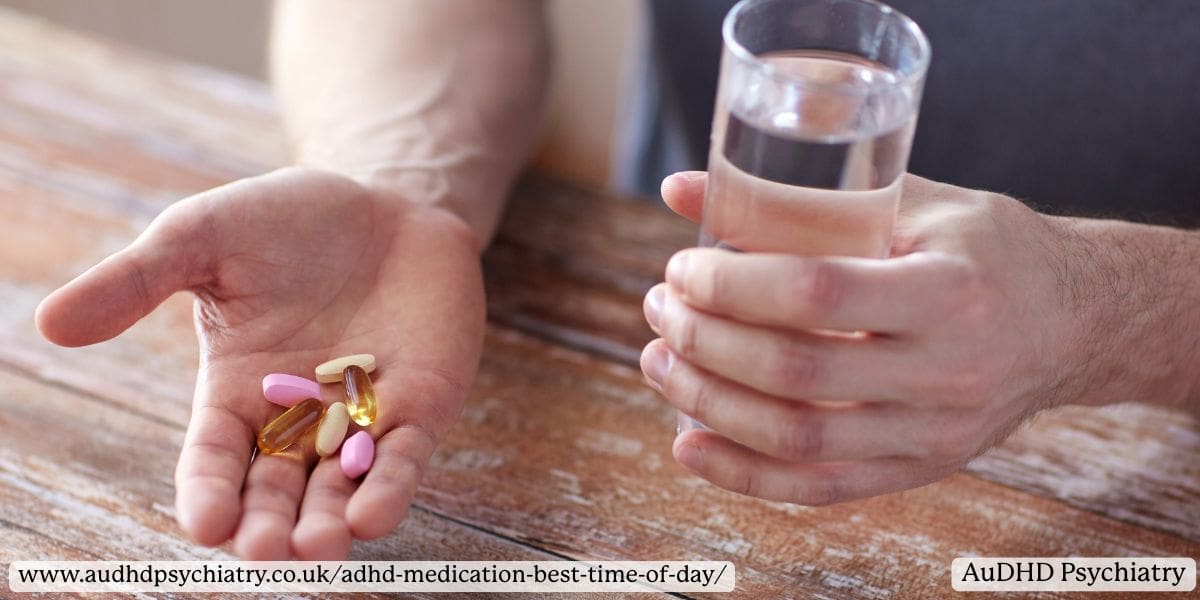
ADHD Medication Types and How They Influence Timing
There are two primary categories of medications for ADHD: stimulant and non-stimulant. Each category includes short-acting and extended-release options, and each works differently in terms of onset and duration.
Morning is typical for long-acting stimulants
Stimulants, like methylphenidate (Ritalin, Concerta) and amphetamines (Adderall, Elvanse), are typically taken in the morning. Extended-release formulations, such as Ritalin LA or Adderall XR, are designed to provide symptom control for 8–12 hours. This is ideal for covering the school or workday but may need an additional dose in the afternoon for some.
Short-acting stimulants, usually taken two or three times daily, wear off more quickly and require more precise timing. If your symptoms return too early in the day, your doctor may adjust the dosage or recommend switching to a long-acting tablet for better coverage.
Evening dosing for non-stimulants
Non-stimulant medications, including Strattera (atomoxetine) and guanfacine, are often taken in the evening. These are preferred when stimulant side effects are a concern or when the individual has conditions such as anxiety, tics, or sleep problems. Their longer onset of action and different side effect profile make them a better fit for some people.
Alternative formulations for different needs
There are also chewable tablets, extended-release capsules, and liquid formulations for children or adults who have difficulty swallowing pills. Understanding your medication’s active ingredient, release mechanism, and how long it lasts is essential to choosing the best time to take it. If you’re considering a different medication, it’s worth discussing all your treatment options with a qualified ADHD specialist.
For more information on how ADHD medication works, as well as options and factors your healthcare provider might consider, read our article: ADHD Medication 101.
Factors That Affect the Best Time to Take ADHD Medication
The best time to take ADHD medication varies depending on your individual routine, including when symptoms are most disruptive. For example, those who struggle with attention in the early morning may benefit from a delayed-release stimulant taken the night before, such as Jornay PM. Others may require coverage that lasts into the late afternoon, particularly if their responsibilities extend beyond the traditional school or workday.
Symptom patterns and coexisting conditions
Timing also depends on the target symptoms and any additional health conditions. For instance, someone with hyperactivity may need morning coverage, while those with emotional dysregulation might need afternoon or evening support. People with sleep disorders, anxiety, or bipolar disorder may require adjustments in both dose and schedule to avoid adverse effects like insomnia or mood swings.
Treatment goals shape timing choices
The purpose of your ADHD treatment, whether to improve concentration, reduce impulsivity, or manage behaviour, will also influence the optimal dose schedule. Medication taken too early might wear off before your most demanding tasks, while late dosing may affect your sleep quality.
For guidance customised to your or your child’s medical history, speak with your doctor or a private ADHD specialist. They can review your daily challenges and help adjust your treatment plan for the best result.
ADHD Medication Timing for Children vs Adults
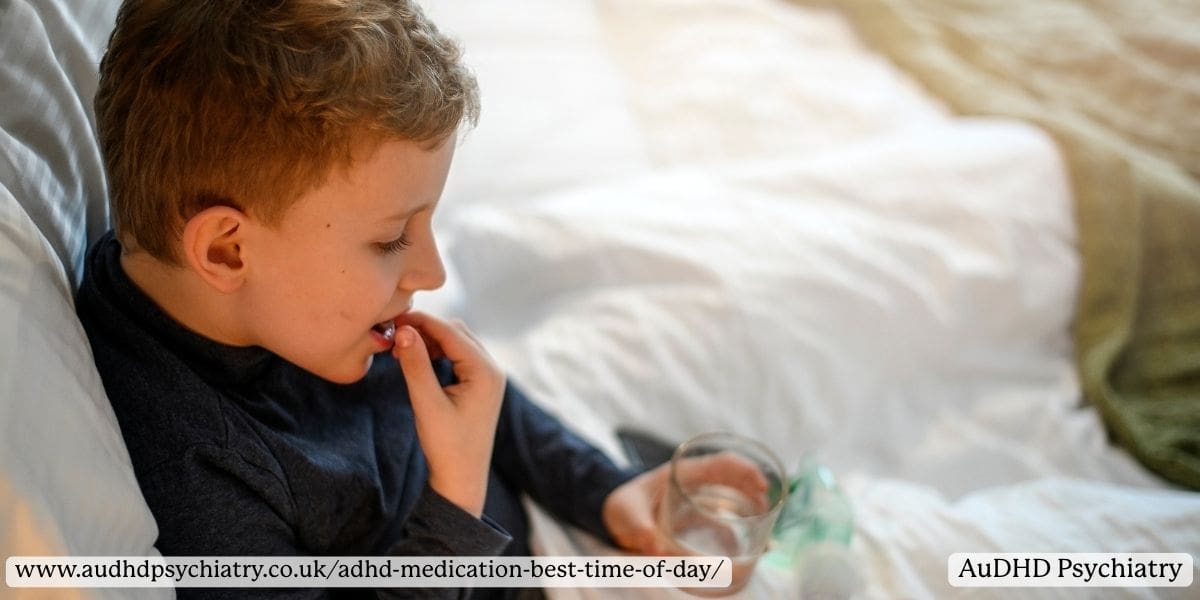
Children may need school-focused coverage
For children, ADHD medication timing is usually centred around the school day. A morning dose of an extended-release tablet is common, providing support during classroom activities and reducing symptoms such as inattention or impulsivity. However, some children may require a second, short-acting dose later in the day to manage homework or after-school activities.
Appetite and sleep are key considerations in children
Medication timing must account for common side effects, particularly loss of appetite and sleep disruption. For younger children with sensitive routines, stimulants are often taken after breakfast to minimise nausea and promote better food intake. Evening doses are typically avoided unless a non-stimulant medication is prescribed for evening behavioural symptoms or sleep onset difficulties.
If you’re looking to get treatment or an ADHD assessment for your child, read this guide.
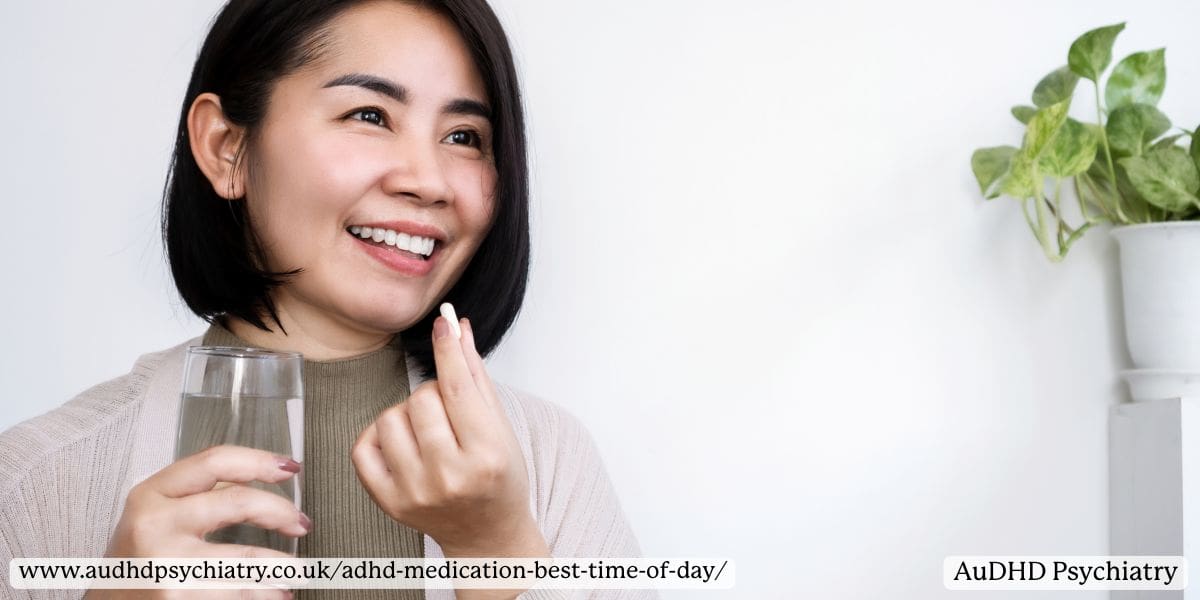
Adults often have different timing needs
Adults with ADHD may face different challenges, such as maintaining focus during long workdays, managing executive dysfunction, or dealing with overlapping conditions like anxiety or depression. As a result, the timing of ADHD medication for adults may be adapted to match their professional responsibilities, parenting demands, or shift patterns, often requiring a comprehensive AuDHD diagnosis to tailor the treatment effectively.
Managing Common Timing-Related Side Effects
A frequent concern with stimulant medication is appetite suppression, which may lead to weight loss, especially in children. Taking medication after a meal or shifting to a lower dose, can help lower the risk of experiencing these. In some cases, a different class of medications may be better tolerated.
Sleep problems and timing adjustments
Sleep disruption is another side effect that’s often tied to when the medication is taken. Doses taken too late in the day may delay sleep onset. Shifting the dose earlier or using a short-acting stimulant with a shorter duration of action may help. In other cases, switching to a non-stimulant medication taken in the evening can improve sleep quality.
Rebound effect and mood fluctuations
When the stimulant medication effects wear off too quickly, a rebound effect may occur, marked by fatigue, irritability, or emotional swings. Adjusting the timing, trying an extended-release capsule, or using a second small dose later in the day can reduce this.
If these side effects persist, it’s important to consult your healthcare provider before making changes. You can also explore strategies in our guide on managing ADHD medication side effects.
Tips for Optimising ADHD Medication Timing
Understanding when your medication works best is key to long-term treatment success. While it may take trial and error, small adjustments can make a significant difference in how effective your treatment feels day to day.
If you’re still unsure about the right timing, our team can help. Book a screening call to discuss your options with an ADHD clinician.
Track symptoms throughout the day
Start by keeping a written or app-based record of how you feel at different times. Note when symptoms improve, when they return, and whether any side effects show up, such as fatigue, irritability, or stomach upset. This data helps your clinician evaluate whether the timing or dosage needs to change.
Tracking can also highlight patterns that you might not otherwise notice, such as when your medication wears off too early or begins too late. It’s especially helpful if you’re using a short-acting drug or trying to identify a rebound effect.
Common signs your timing may need adjustment:
- Your focus fades too early in the day
- You feel jittery, anxious, or overstimulated after taking your dose
- You have difficulty falling asleep at night
- You experience a strong rebound effect in the late afternoon
- Your appetite is suppressed for most of the day
- Medication feels effective at first, but wears off too quickly
Adjustments should always be made with your doctor
Never change your dose or schedule without speaking to your healthcare provider. Small tweaks, such as shifting a dose by 30 minutes or adding a second short-acting stimulant, can improve focus without increasing side effects. In some cases, switching to a long-acting medicine may reduce the need for multiple doses daily.
Your doctor may also recommend a different medication if you’ve tried timing adjustments and are still experiencing side effects or poor symptom control. There are different ADHD medicines available, including immediate-release tablets, extended-release capsules, and chewable tablets. If your current option wears off too quickly or causes sleep disruption, a different formulation might offer better results.
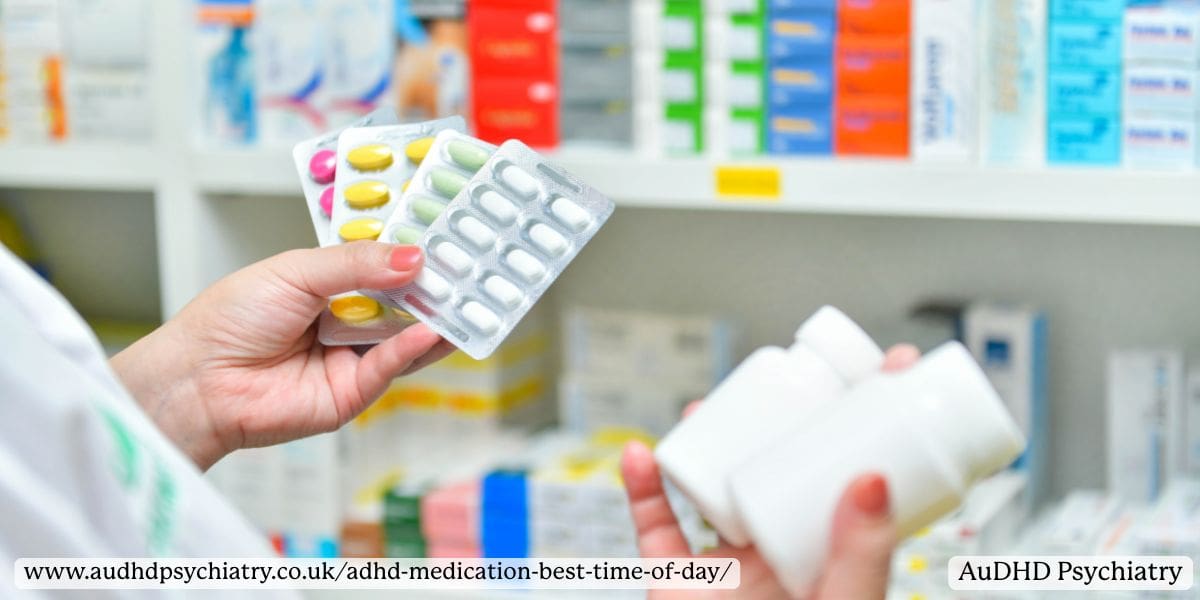
Safe Use, Storage, and Take-Back Guidelines
Medication timing isn’t the only consideration. Safe handling and storage are essential for managing ADHD treatment effectively, especially in households with young children.
Store medication securely and correctly
ADHD medications are classified as controlled substances. They should be kept in a secure location at room temperature, one that is away from moisture and direct sunlight. Always store them in a safe place: out of sight and out of reach of children.
This is especially important for chewable or liquid medications, which may be more tempting to younger children. Labelling all medicines clearly and storing them in a locked container can prevent misuse or accidental ingestion.
Follow the prescription label carefully
Make sure you understand the instructions on your prescription label, including the dose, timing, and whether to take it with food. If you miss a dose, do not double up. Instead, consult your pharmacist or doctor for guidance.
Missing or delaying a dose may affect both the duration of action and the likelihood of side effects, particularly if you’re on a short-acting stimulant. If this happens regularly, your treatment plan may need to be reviewed.
Use take-back programmes for disposal
Expired or unused medication should be discarded properly. Take-back programmes, often available through local pharmacies or health centres, are the safest option. Flushing medication or throwing it in household bins is discouraged due to environmental risks.
You can find guidance through your pharmacy or local council’s health services. For a full breakdown of medication safety and use, our tools and resources page covers storage, scheduling, and practical tips for day-to-day management.
Lifestyle Support for Medication Effectiveness
While medication can significantly reduce ADHD symptoms, it works best when paired with supportive lifestyle habits and non-pharmacological strategies.
Behaviour therapy and routine building
Combining medication with behaviour therapy often improves outcomes, particularly in children. Well-structured routines, clear expectations, plus positive reinforcement can reinforce gains made with medication.
Adults also benefit from structure, such as setting daily priorities, managing distractions, and building executive functioning skills. These strategies help the medication work more efficiently and may reduce the need for higher doses over time.
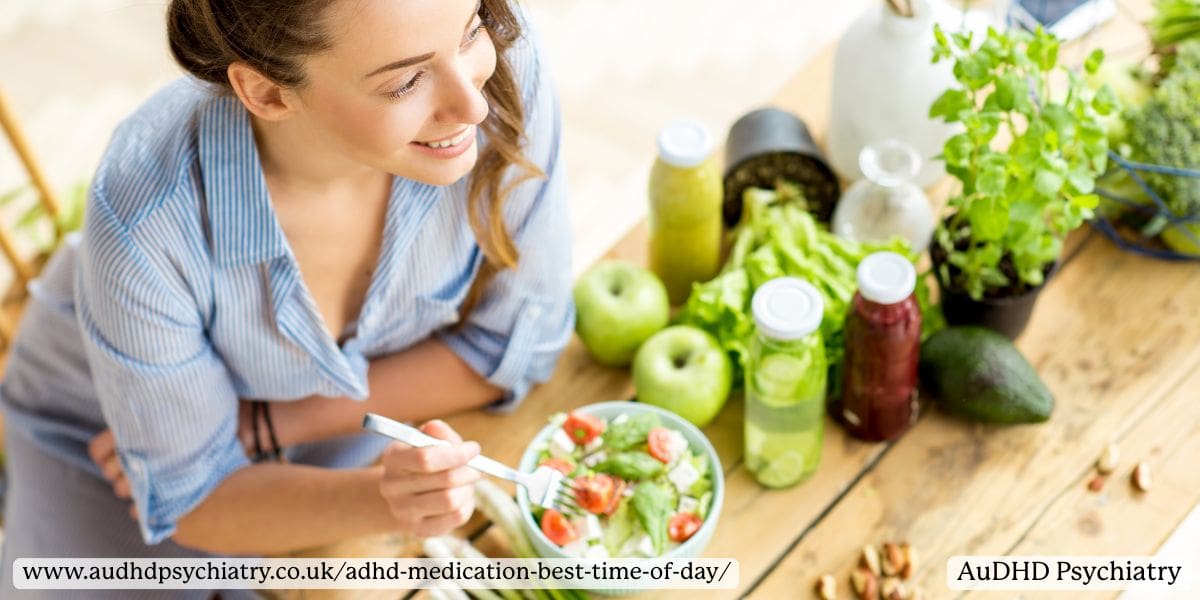
Healthy habits influence medication response
Factors like sleep, nutrition, and hydration all influence how your body metabolises and responds to ADHD medication. Eating a balanced breakfast before taking medication can help reduce the chances of experiencing side effects, such as nausea or appetite suppression, especially in children. A morning meal that includes protein and complex carbohydrates may also help stabilise energy levels and enhance focus throughout the day.
Avoiding excessive caffeine or sugar is also beneficial, as these can amplify side effects like irritability, anxiety, or sleep problems. For those taking extended-release medications, maintaining consistent eating patterns helps ensure the medication’s absorption is predictable and effective. Keeping a regular bedtime and limiting screen time before sleep may also help improve overall treatment outcomes.
Simple routines like staying hydrated and exercising regularly can make a observable difference in attention span, impulsivity, and mood regulation. See our guide on exercise and ADHD symptoms for additional strategies.
Here’s a quick view of ifestyle habits that support ADHD medication:
- Eating a protein-rich breakfast before taking medication
- Limiting sugar and caffeine, especially in the afternoon
- Sticking to a consistent sleep routine
- Taking regular physical movement breaks
- Staying hydrated throughout the day
- Using digital or paper reminders to structure tasks
Medication is part of a broader treatment plan
Effective ADHD treatment usually involves more than just medication. Some individuals benefit from non-stimulant medications, others from adult ADHD coaching, support groups, or work adjustments. Your treatment should be flexible and revisited regularly to reflect your current needs.
Conclusion on ADHD Medication Best Time of Day
Finding the best time of day to take ADHD medication isn’t just a matter of preference. It can significantly affect how well your treatment works and how manageable any side effects are. As this guide has shown, medication timing depends on multiple factors, including your daily routine, symptom pattern, age, and the type of medication you’re using.
For most people, a morning dose of a stimulant helps align symptom relief with work or school demands. However, others may need afternoon boosters to extend coverage or evening doses of non-stimulants to manage overnight symptoms or minimise drowsiness. Understanding the duration of action, release mechanism, and potential rebound effects of your medication is essential to setting up an effective schedule.
Children and adults may require different approaches. While a child’s medication timing typically centres around the school day and sleep routine, adults often need tailored support for long workdays, responsibilities, or coexisting conditions. Monitoring how your medication affects you at different times of day can help guide adjustments to your treatment plan.
We’ve also explored the importance of lifestyle factors, from healthy routines and nutrition to combining medication with behaviour therapy and broader supports. Medication is rarely a standalone solution. It’s part of a flexible, evolving strategy that should adapt to your goals and challenges.
If you’re unsure whether your current timing, dose, or formulation is working, now may be the right time to revisit your plan. You can book a private ADHD assessment or medication review with our team of experts to ensure you’re getting the best results from your treatment.
You can also learn more in our post Is My ADHD Medication Dosage Right? (Too High vs. Too Low) to find out if your ADHD medication dosage is correct and make informed adjustments.
You Might Also Like
Contact Us
We’re here to answer any questions you might have.
Get in Touch
Opening Hours
Contact Form
We’re here to help. Reach out and we’ll get back to you within 24 hours (Monday – Friday).

